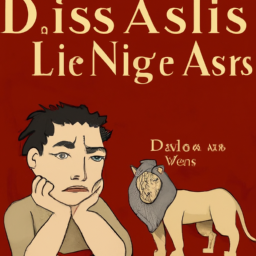
Exploring Desire and Discontent: Aslan's Role in 'The Magician's Nephew' by C.S. Lewis
By Quinn 5 weeks agoIn C.
S. Lewis's "The Magician's Nephew," Aslan serves as a pivotal figure embodying desire and discontent, influencing the characters’ journeys and the creation of Narnia.
Aslan's presence stirs deep longings within multiple characters, particularly Digory Kirke. Driven by a desire to heal his ailing mother, Digory's quest encapsulates human aspiration and the yearning for fulfillment. Aslan, the lion, represents a source of hope and guidance, indicating that true desires must align with noble intentions.
Conversely, the character of Uncle Andrew illustrates discontent rooted in selfish ambition. His desire for power and control leads to disastrous consequences. By contrasting Aslan’s selfless nature with Uncle Andrew’s greed, Lewis highlights the dangers of unbridled ambition. Aslan's moral authority ultimately sets the standard for what constitutes a worthy desire.
The interplay of desire and discontent culminates in the creation of Narnia, where Aslan’s will shapes the new world. This land symbolizes potential and the happiness that arises when desires are pure and individuals act for the common good.
Through Aslan, Lewis conveys that true fulfillment emerges not from selfish pursuits but from aligning desires with a greater purpose. Aslan’s role as a guiding figure reflects the complexities of human aspiration, serving both as a catalyst for adventure and a reminder of the moral responsibilities that accompany our deepest longings.